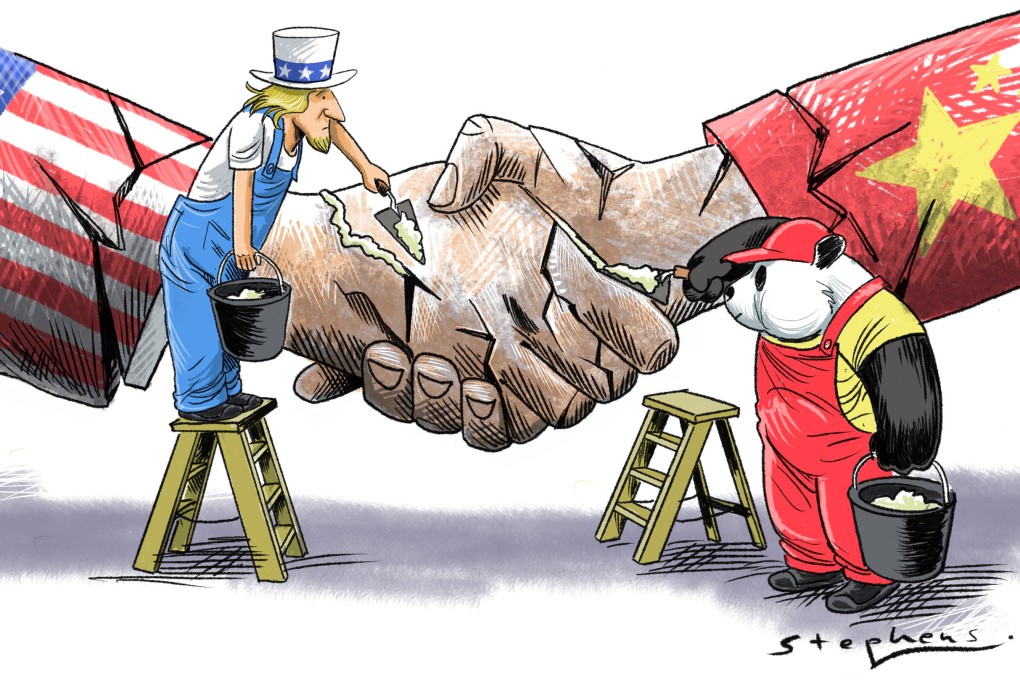Advertisement
Opinion | Why the US and China are making nice – for now
- For China, the pressing imperative is to reassure foreign investors and revive its economy
- For the US, which has its hands full with Ukraine and Gaza, establishing guardrails with China is an urgent need
Reading Time:4 minutes
Why you can trust SCMP
8

Tumultuous US-China relations took a turn for the worse at the start of the year after the US air force shot down a Chinese balloon six nautical miles off the US east coast. China called it an “obvious overreaction”; the US called it an “unacceptable violation” of sovereignty. Few would have predicted a detente so soon, but this is exactly what has happened.
There was cautious optimism in May, after US President Joe Biden spoke of an imminent thaw in bilateral relations at the Group of Seven summit in Hiroshima, though many analysts remained unconvinced. This was understandable, given the thorny issues dogging US-China ties.
Since then, however, both countries have taken concrete steps to defuse tensions. In June, Antony Blinken went to China in what was the first visit by a US Secretary of State since 2018. Post-meeting statements on both sides conveyed a positive tone, acknowledging candid discussions and suggesting a willingness to maintain dialogue.
Advertisement
Subsequently, a flurry of meetings took place between senior officials. In September, US-China working groups were established to focus on economic and financial affairs, to facilitate discussions and conflict management. Last month, US delegates attended the Xiangshan Forum in Beijing, raising hopes of a return to high-level military communication. US-sanctioned former Chinese defence minister Li Shangfu has fallen from grace and his successor could refresh relations.
Last week’s Asia-Pacific Economic Cooperation (Apec) forum brought more hope as Biden and Chinese President Xi Jinping met on the sidelines. They agreed to restore US-China military-to-military dialogues. The two countries have also pledged to cooperate on narcotics, artificial intelligence and climate change.
Advertisement
A confluence of factors sparked this detente. For Beijing, the pressing imperative to revive its economy is likely to have driven its decision to improve ties with the US. China’s economy has been facing pressing challenges since its abrupt post-Covid reopening late last year.
Advertisement
Select Voice
Choose your listening speed
Get through articles 2x faster
1.25x
250 WPM
Slow
Average
Fast
1.25x

